Mastering cinder block machine for efficient production
Introduction
Cinder block machines play a vital role in the construction industry by producing durable and versatile building blocks. Mastering the operation of these machines is crucial for ensuring efficient production and high-quality output. This article aims to provide insights into the key aspects of operating a cinder block machine, including setup, maintenance, and optimization.
1. Understanding Cinder Block Machine Components
Before mastering the operation of a cinder block machine, it is essential to have a thorough understanding of its components. These include the hopper, mold, hydraulic system, vibration system, and control panel. Familiarize yourself with each component's function and how they work together to produce blocks.
2. Proper Machine Setup
Achieving optimal production starts with proper machine setup. Ensure that the machine is placed on a stable surface, and the mold is centered correctly. Adjust the settings according to the desired block size and density. Proper setup guarantees consistent and accurate block production.
3. Quality Control Measures
Maintaining consistent block quality is crucial for customer satisfaction. Regularly inspect the molds for wear and tear and replace them when necessary. Monitor the amount of raw material used to ensure uniform block density. Conduct regular compression tests to verify the strength of the produced blocks.
4. Efficient Raw Material Management
Optimizing raw material usage is key to efficient production. Calculate the exact amount of cement, aggregate, and water required for each batch of blocks to minimize waste. Properly store the raw materials to prevent moisture absorption, leading to inconsistent block quality.
5. Correct Machine Operation
Operating the cinder block machine correctly is essential for maximizing production efficiency. Understand the sequence of operations, such as material loading, mold filling, vibration, and demolding. Follow the manufacturer's guidelines for optimal machine operation.
6. Regular Maintenance and Cleaning
Regular maintenance ensures the machine functions at its best. Clean the machine regularly to remove any residual cement or debris that may affect block quality. Lubricate moving parts to reduce friction and prevent breakdowns. Inspect and replace worn-out parts promptly.
7. Troubleshooting Common Issues
Even with proper maintenance, cinder block machines may face occasional issues. Familiarize yourself with common problems such as block breakages, uneven density, or hydraulic malfunctions. Troubleshoot these problems efficiently to minimize downtime and maintain production flow.
8. Continuous Improvement and Optimization
Efficient production requires a commitment to continuous improvement. Monitor and analyze production data to identify areas for optimization. Implement changes such as adjusting machine settings, improving raw material management, or upgrading components to enhance productivity and block quality.
Conclusion
Mastering the operation of a cinder block machine is crucial for efficient production and consistent block quality. By understanding the machine components, ensuring proper setup, implementing quality control measures, optimizing raw material usage, operating the machine correctly, conducting regular maintenance, troubleshooting issues, and continuously improving, you can achieve maximum productivity and deliver high-quality cinder blocks for various construction projects.




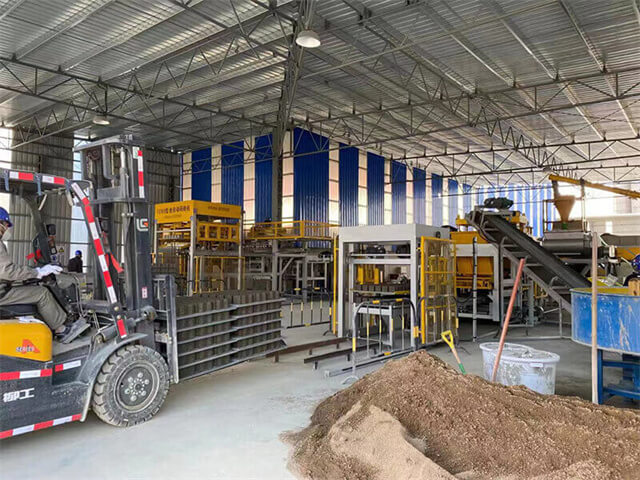
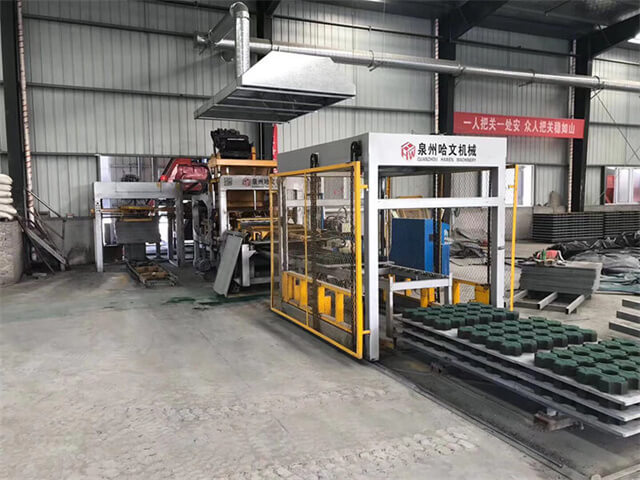
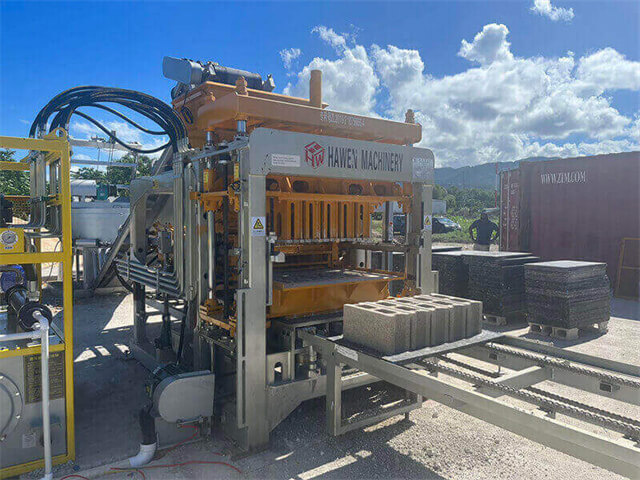
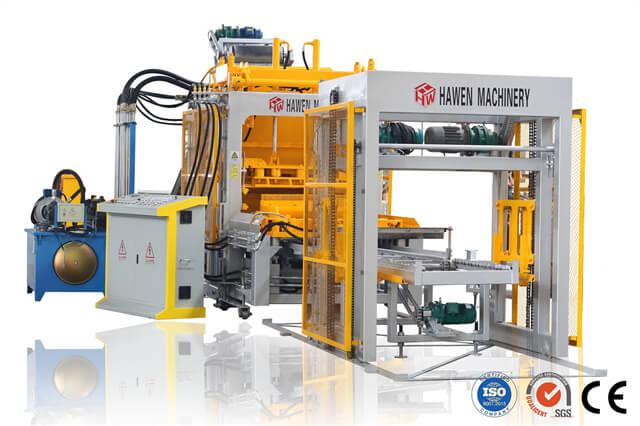
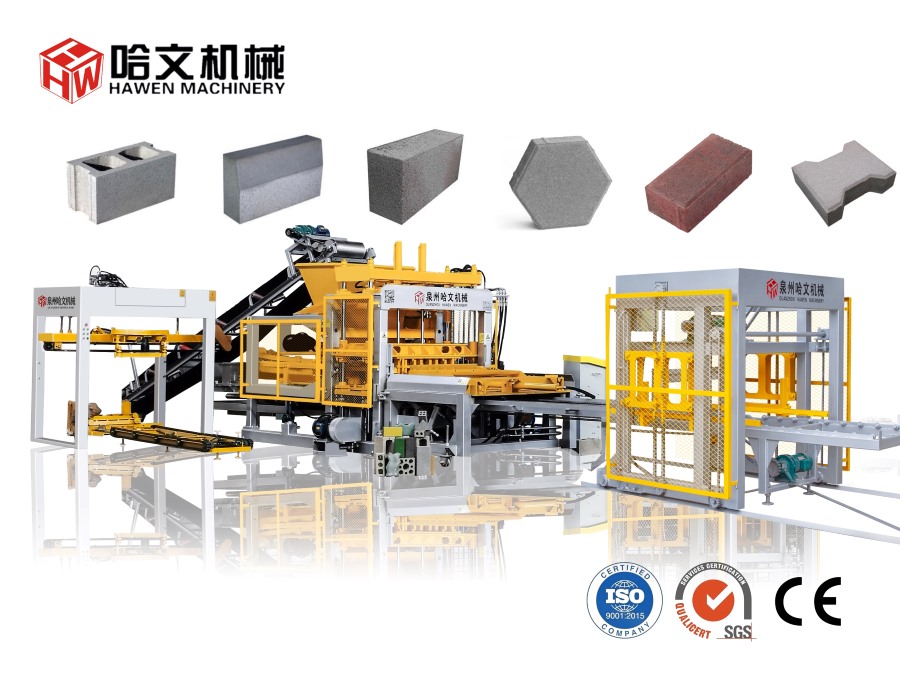
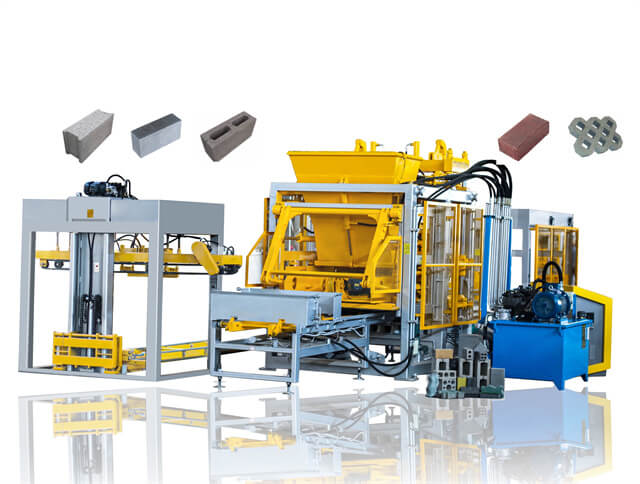
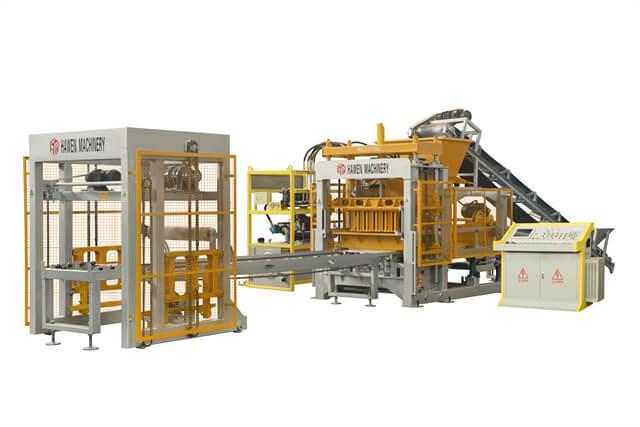
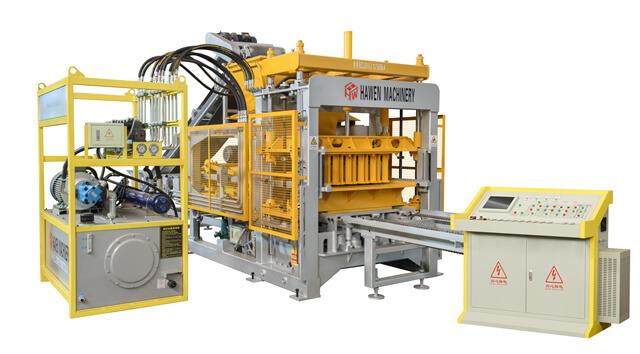
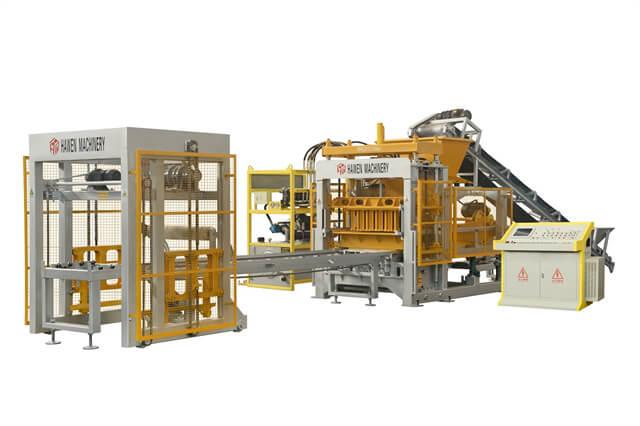
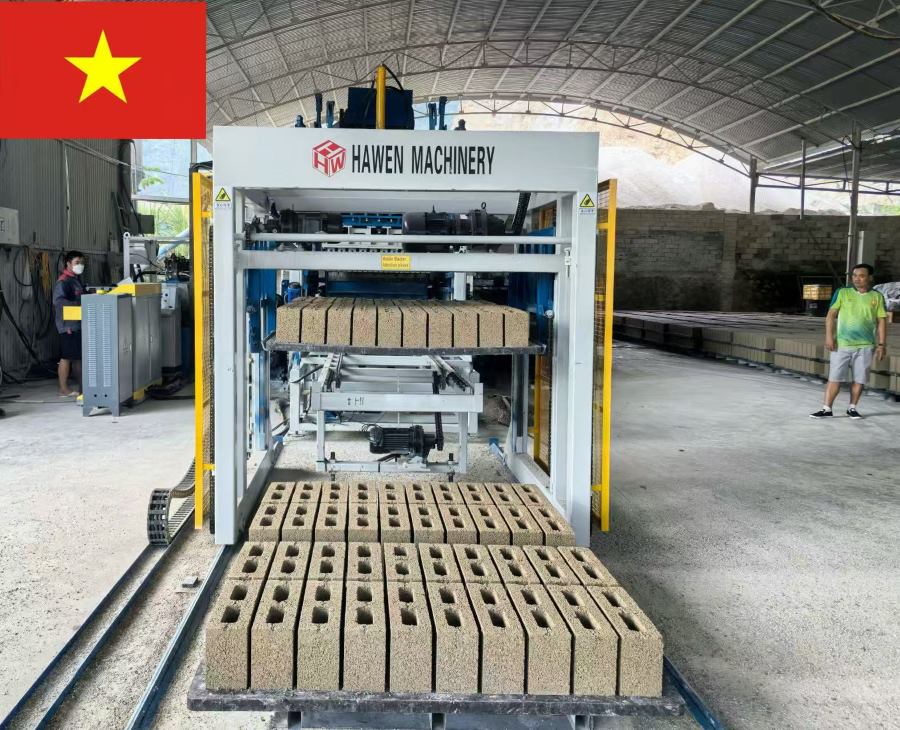
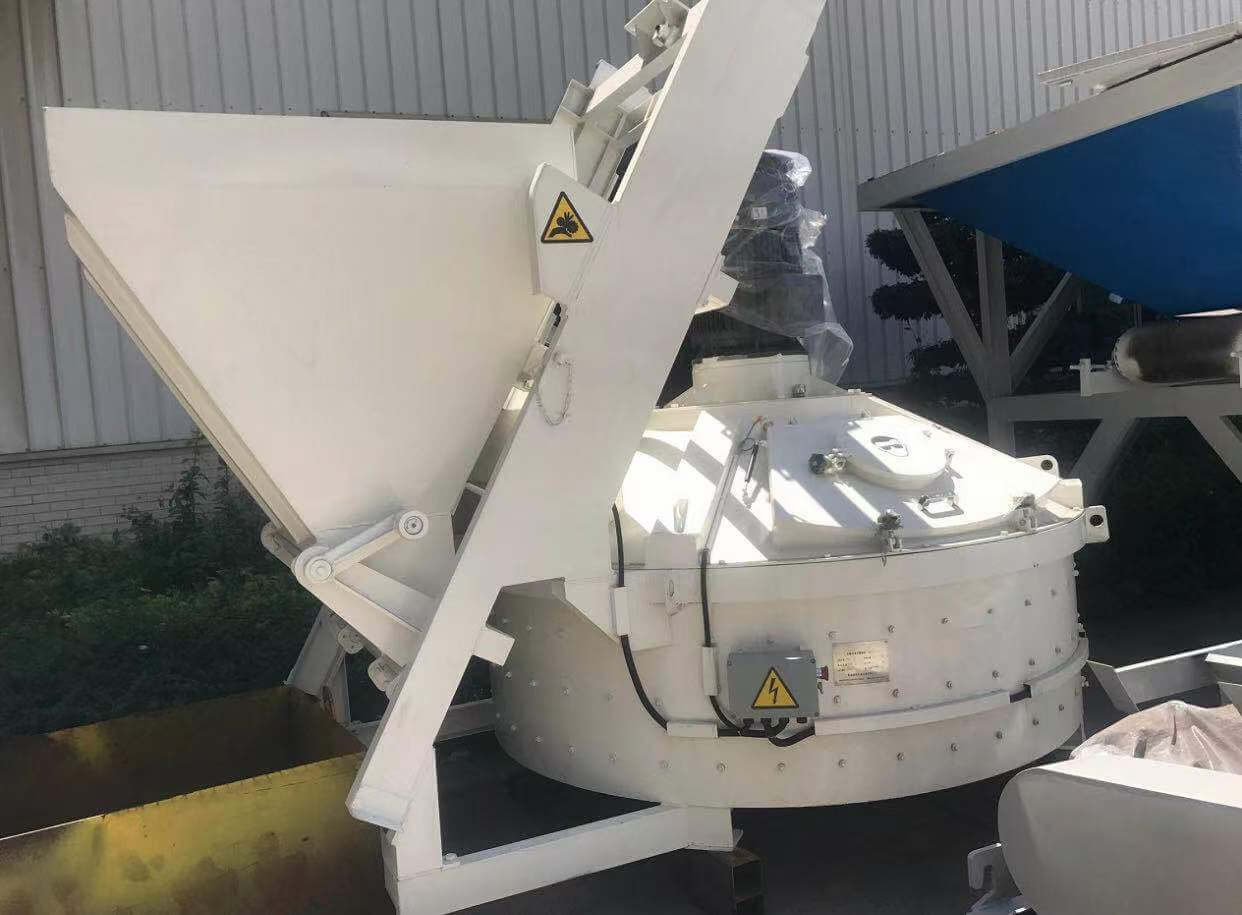


 Tel: +86-13905968794
Tel: +86-13905968794 Email: export@hwmachines.com
Email: export@hwmachines.com MP/WhatsApp: +86-13905968794
MP/WhatsApp: +86-13905968794 Manufacturer Address:Nanan,Quanzhou City,Fujian Province,China
Manufacturer Address:Nanan,Quanzhou City,Fujian Province,China




